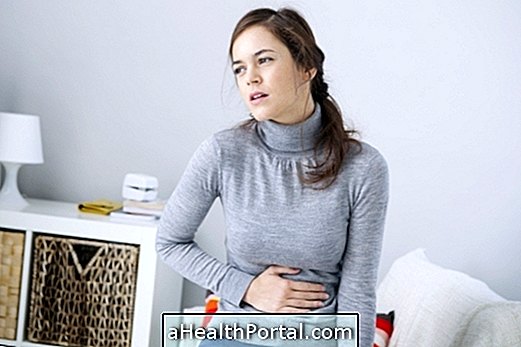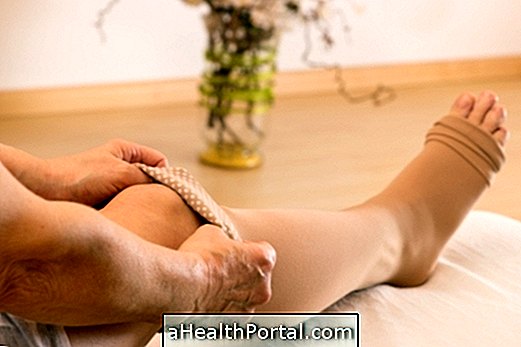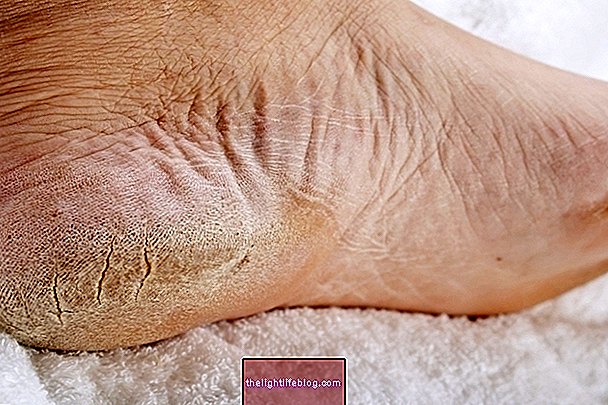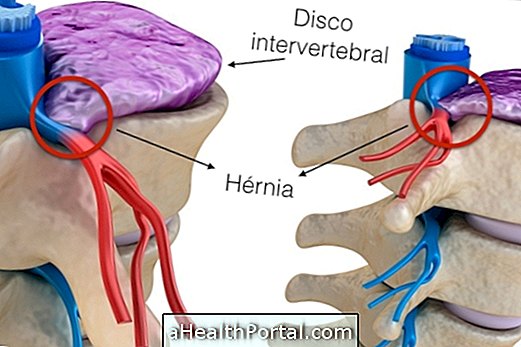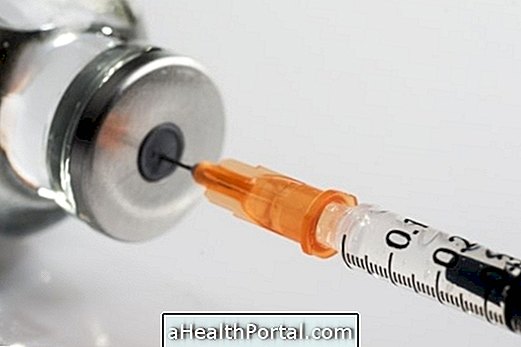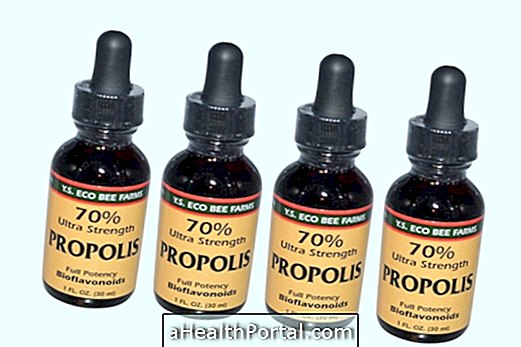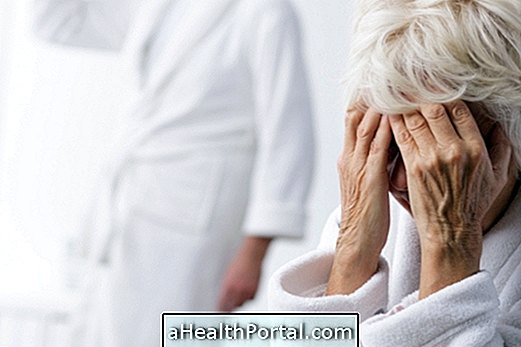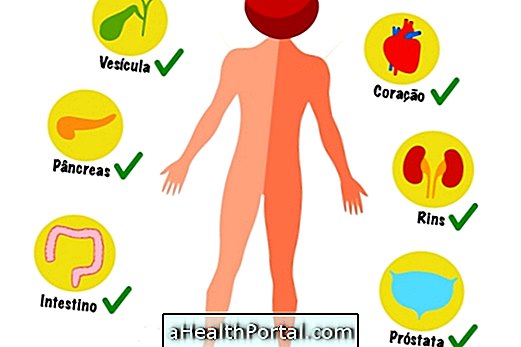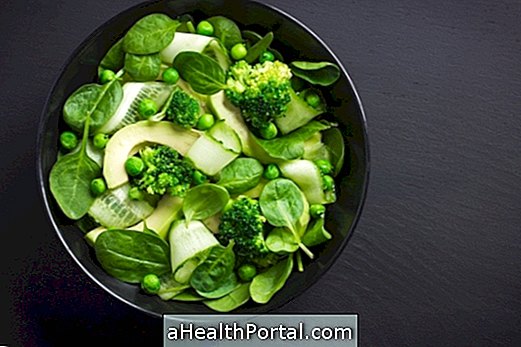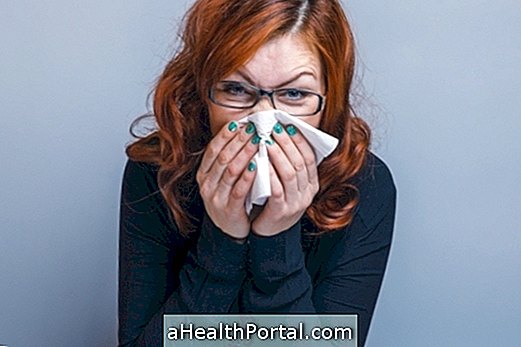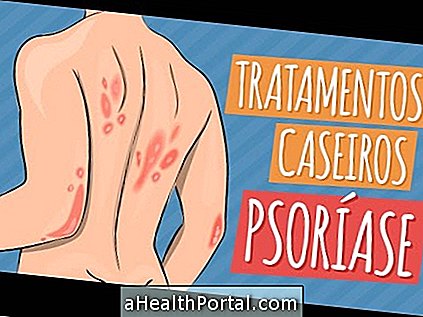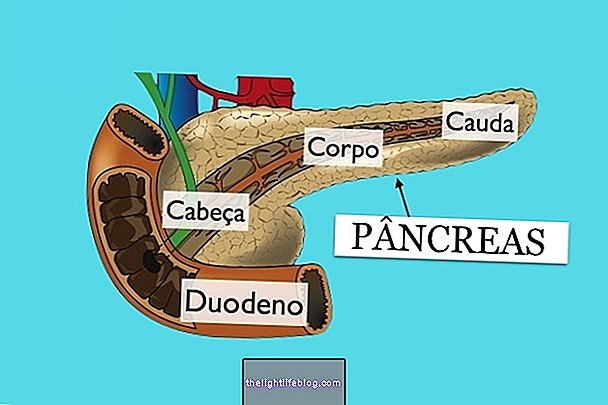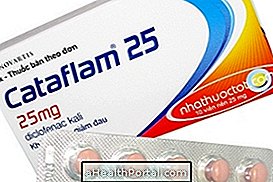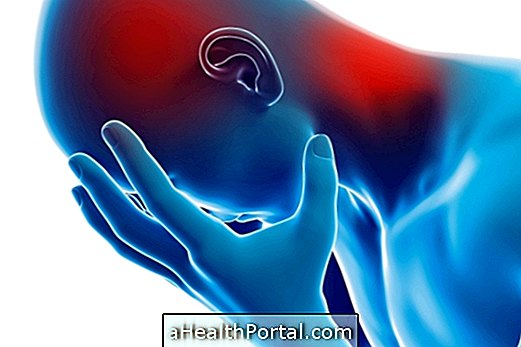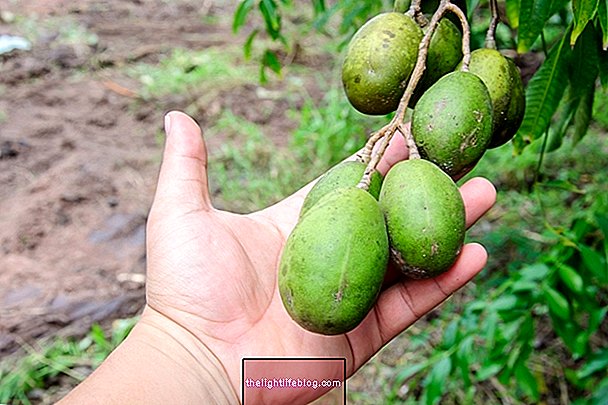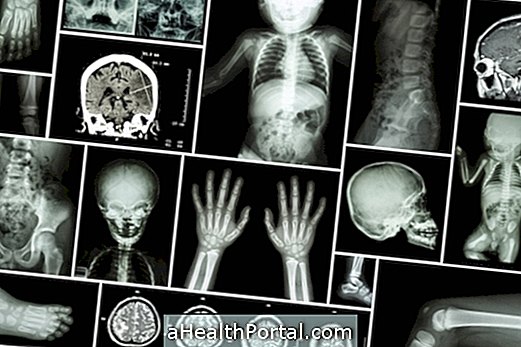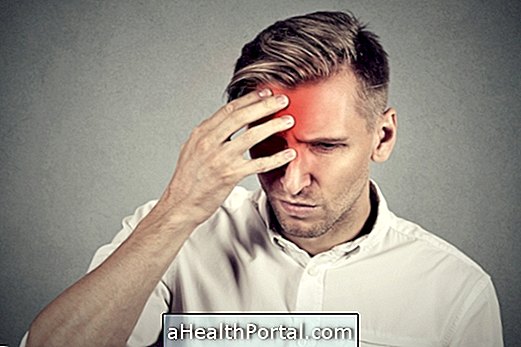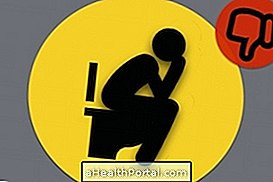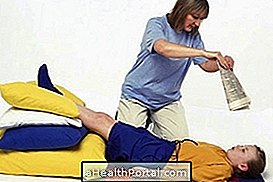Female hypogonadism occurs when the ovaries produce few or no sexual hormones, such as estrogen and progesterone. It is usually diagnosed at puberty and has no cure, but can be controlled through treatment with hormone replacement.
In female primary or hypergonadotrophic hypogonadism the ovaries do not function properly, whereas in female or hypogonadotrophic secondary hypogonadism, the sites of the brain that control the ovaries do not function properly.
Symptoms of female hypogonadism
The symptoms of female hypogonadism before puberty can be:
- Little breast development;
- Absence of menstruation;
- Short.
Symptoms of female hypogonadism after puberty include:
- Heat waves;
- Loss of hair on the body;
- Lack of menstruation or failures between menstrual periods;
- Decreased libido;
- Vaginal dryness.
Female hypogonadism usually causes infertility or problems in pregnancy.
Treatment of female hypogonadism
The treatment of female hypogonadism is done through hormone replacement with estrogen and progesterone, ovulation stimulation and surgery. When a woman has decreased libido, her doctor may also prescribe low levels of testosterone.
Late female hypogonadism is called menopause and occurs naturally in women around 50 years of age.
Useful links:
- Hypogonadism
- Male hypogonadism

